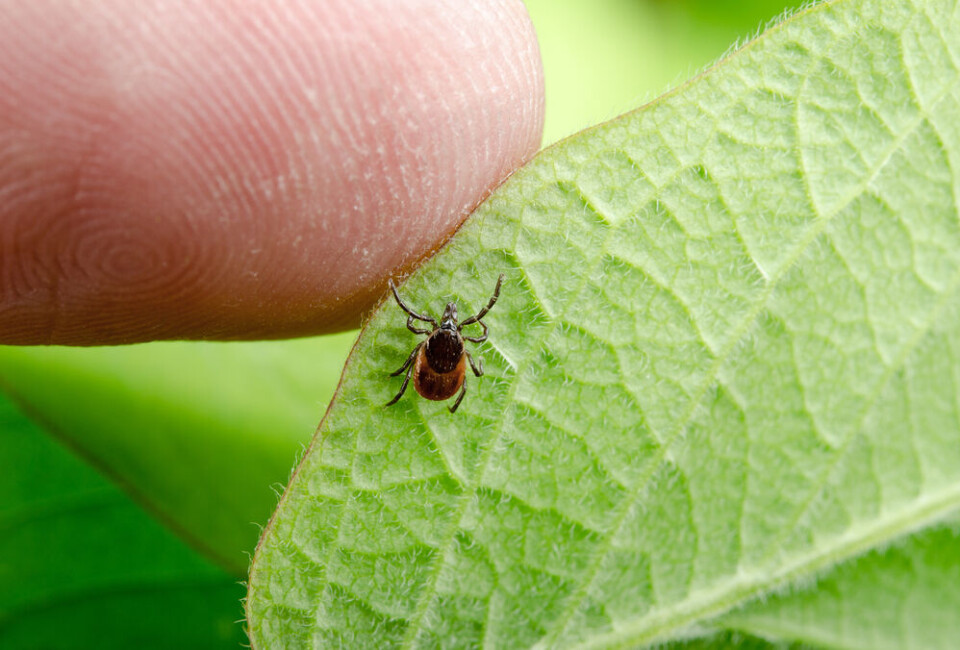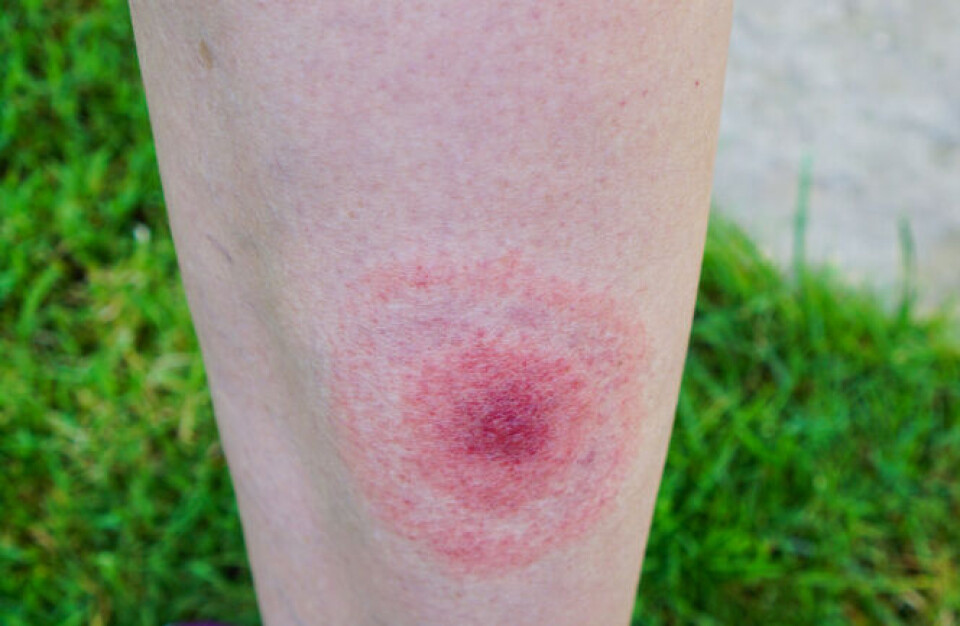-
Is it legal to pick flowers in forests in France?
The rules depend on whether you are on private or public land, or if a species is protected
-
‘Exceptional’ astronomical event visible from France tonight as seven planets align
The ‘planet parade’ will be visible from sunset
-
Photo: what is the strange ‘hair ice’ phenomenon seen in France recently?
Extremely rare formation is occurring in eastern woodlands
More risk of Lyme disease from ticks in east France than in Brittany
The latest figures show that increased numbers of ticks in Bourgogne-Franche-Comté are carriers, while Brittany and Normandy are among the less-affected areas

Almost half of ticks found in Bourgogne-Franche-Comté, eastern France, are carriers of pathogens including Lyme disease, far more than the national average, France’s agriculture research centre has warned.
Almost one in two ticks in the region is now a carrier of some kind of pathogen, including Lyme disease, a new study by l’Institut National de Recherche pour l’Agriculture, l’Alimentation et l’Environnement (Inrae) found.
This compares to one in three ticks in Hauts-de-France, Nouvelle-Aquitaine and Ile-de-France. In Brittany, Normandy, and Pays de la Loire, the number is lower still, with just one in five ticks contaminated.
Read more: Where in France you are most at-risk from Lyme disease ticks
Ticks are usually found in woods, forests, mountain pastures, and meadows; but they are also increasingly being reported in private gardens.
Last year, during the first Covid-19 lockdown, 47% more ticks and tick bites were counted in private gardens (compared to the period from 2017-2019), probably because people were spending more time there than normal.
A Swiss study also found a strong connection between beech trees and ticks; the more beech trees, the more ticks are likely to be found in the area.
Overall in France, ticks are most likely to be found in long grass, and wooded areas near the coast (such as near the Mediterranean sea or in Brittany), and most commonly in dense forest.
Ticks are also more common in warmer weather.
Advice on the ‘invisible disease’
The presence of Lyme disease in France is monitored by research programme ciTIQUE, which was founded in 2017 by Inrae.
It works to gather geographical information on the spread of ticks and the pathogens that they carry, and partly operates via an app – Signalement Tique – that allows users to report a bite.
Lyme disease is often known as an “invisible disease”, and can affect anyone. It is transmitted by tick bites, which are carriers of the bacteria Borrelia burgdorferi sensu lato.
It can cause muscle spasms and paralysis, intense migraines, fever, dizziness, fatigue, and balance problems. Its symptoms often appear similar to those of other conditions, making it difficult to diagnose.
Some doctors even still disagree on the extent of the condition and it is often confused for psychological problems.

Tick bites often produce a clear 'bull's eye' rash (Image: AnastasiaKopa / Shutterstock)
Advice to help avoid tick bites includes:
- Use an anti-tick spray
- Wear long, light-coloured clothing to cover excess skin and allow you to see ticks if they appear
- Make sure children wear hats, especially if they are playing in grass or have their head near tall bushes and grasses
- When you return from outside, wash your clothes at 60C, or tumble dry them for at least an hour, as ticks do not like dry heat
- Carefully check your skin, especially in folds of skin or private areas, to check there are no ticks
- Check the fur or skin of pets too, as they can become tick ‘hosts’ and bring them indoors
If you do suspect or know you have been bitten, you are advised to:
- Pull the tick ‘head’ off with tweezers, taking care to remove it in one quick movement, without crushing its body or head
- Check the tick bite area of your skin and stay alert to your general health and any symptoms over the next month; tick bites that cause Lyme can often lead to a “bull’s eye” red ring around the bite
- Ask a health professional to remove the tick as soon as possible if you are not able to remove it yourself
- Request preventative antibiotic treatment against Lyme disease within the next 24-48 hours, from your nearest doctor or health professional, to avoid developing the disease long-term
Related stories
New campaign to alert walkers to risk of Lyme disease in France
Be aware: tick bites can cause Lyme disease, says survivor
British-French skier's three-year Lyme disease battle























